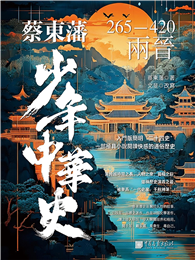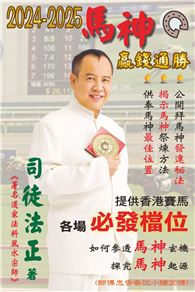| FindBook |
有 2 項符合
From the Cradle to the Craze:China's Indigenous Automobile Industry的圖書 |
 |
From the Cradle to the Craze:China's Indigenous Automobile Industry 作者:徐永泰 出版社:漢世紀數位文化EHGBooks 出版日期:2014-05-01 規格:23*15*2cm / 初版 / 平裝 / 418頁 |
| 圖書館借閱 |
| 國家圖書館 | 全國圖書書目資訊網 | 國立公共資訊圖書館 | 電子書服務平台 | MetaCat 跨館整合查詢 |
| 臺北市立圖書館 | 新北市立圖書館 | 基隆市公共圖書館 | 桃園市立圖書館 | 新竹縣公共圖書館 |
| 苗栗縣立圖書館 | 臺中市立圖書館 | 彰化縣公共圖書館 | 南投縣文化局 | 雲林縣公共圖書館 |
| 嘉義縣圖書館 | 臺南市立圖書館 | 高雄市立圖書館 | 屏東縣公共圖書館 | 宜蘭縣公共圖書館 |
| 花蓮縣文化局 | 臺東縣文化處 |
|
|
- 圖書簡介
In the last three decades, China progressed from being nearly a truck-only producer to becoming the largest producer of passenger and commercial cars. The period 2001- 2013 is a period of ‘blowout’ in the Chinese automobile industry. To date, little is known regarding this emerging automobile industry which only started in the 1980s: What are the features of Chinese automobile industry? Has the Chinese automobile industry become a global player which also reached economy of scale? How is the indigenous automobile sector different from international joint ventures in China? Have Chinese companies gained full transfer of technology and possess the capacity to develop their own designs? This book intends to address these questions by examining its complicated and contradictory facts and interpretations through focusing on the Chinese indigenous automobile sector. The historical appraisal of the industry’s initial development, its difficulty in transition and the internal-external factors affecting the later growth will help us understand the industrial and technological development of China’s emerging economy.
- 作者簡介
About Dr. Yung-Tai Hsu: Education: D. Phil in Economic History, St. John’s College, Oxford University Position: Chairman and President of Pacific Best Inc.Written Works: 1. “Remembering Oxford”, 2002, 2014; 2. “Close Encounter with Britain: Views from an Oxford-Educated Chinese” 2013 (EHGBooks)
徐永泰於1971年赴牛津大學讀書,1974年取得碩士,在國際船運公司服務,1981年自行創業,成立PACIFIC BEST INC 集團,2006年暫時放下公司業務,再赴牛津攻讀博士,當時他是58歲,2010年5月獲牛津大學得經濟史博士。 - 目次
Table of Contents
List of Figures
List of Tables
List of Abbreviations
Chapter 1: Introduction
1.1 Automobile production as of 2007: China and the world
1.2 Theory formation and interpretation
Chapter 2: The Early History of China’s Automobile Industry, 1953-1984
2.1 Distribution of resources under the planned economy
2.2 The failed expansion of FAW before 1984
2.3 Making trucks only
Chapter 3: The Chinese Automobile Industry’s Development Under Protectionism, 1985-1997
3.1 Bureaucratic smuggling of imported Cars, 1980s -1990s
3.2 Shaping of government guidelines and policies: 1953-1984; 1984-1997; 1997-2004
3.2.1. Government guidelines, 1953-1984
3.2.2. Introduction of foreign capital and investment, 1984-1997
3.2.3. Changing policy: 1994 to 2004 and onwards
3.3 Global positioning of multinational automakers in China
3.3.1 Multiple partnerships
3.3.2 Cornering the backyard market
3.3.3 Intertwined rivals in the same or different regions
3.4 The establishment of Chinese government-protected companies and their JVs
3.4.1. The Big Three
3.4.2. The Small Three
3.4.3. The Dominance of Joint Ventures in China
Chapter 4: The Rise of the Indigenous Chinese Automobile Companies, 1997-2007
4.1 The upsurge in Chinese indigenous automakers
4.2 Geely Automobile
4.2.1. Li Shufu’s early and financial background
4.2.2. Buying a manufacturing permit
4.2.3. Use of the media
4.2.4. Lawsuit from Toyota
4.2.5. Building of the automobile training academy and the upgrades in management
4.2.6. Capital accumulation and the influx of public funds
4.2.7. The Chinese dream and the impact of government policies
4.3 Chery Auto
4.3.1. Connections with FAW, DMC and SAIC
4.3.2. Chery’s overseas performance and strategy
4.3.3. Chery’s ‘QQ’: troubles and successes
4.3.4. Alternative sales networking
4.3.5. Zhan Xialai and Yin Tongyao: the two men behind Chery
4.3.6. How the nucleus of technology was accumulated
4.4 The Chinese Six’s efforts in self-developed brands and models
Chapter 5: Competition between Indigenous Chinese Automakers, 1997-2007
5.1 BYD’s transformation from battery maker to auto maker
5.2 BCA: Playing the financier
5.3 Great Wall Motors: Working on the secondary market
5.4 Inevitable mergers and acquisitions
5.5 National champions and their followers
Chapter 6: Review of External Factors
6.1 Income per capita and purchasing capacity
6.2 China’s growing openness and the impact of WTO membership
6.3 The special market segment: Microcars
Chapter 7: Examination of the Internal Factors
7.1 Investment in factory building and R&D
7.2 Growth of five component technologies since the 1980s
7.2.1. Polyurethane bumpers
7.2.2. Aluminium radiator and air conditioning condenser
7.2.3. Composite halogen headlamps
7.2.4. Automotive Navigation System
7.2.5. Airbag
7.3 Building and accumulation of core technology
7.4 Borrowed engine technology
7.5 Human resources: Personnel, Turnover and Academic and Professional Training Centres
Chapter 8: Conclusion
Bibliography
|


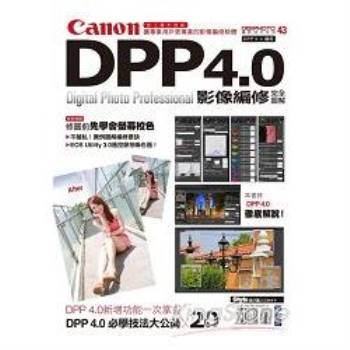
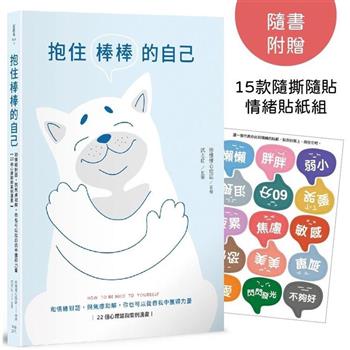
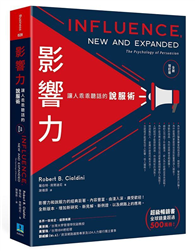

![塔木德:猶太人的致富聖經[修訂版]:1000多年來帶領猶太人快速累積財富的神祕經典 塔木德:猶太人的致富聖經[修訂版]:1000多年來帶領猶太人快速累積財富的神祕經典](https://media.taaze.tw/showLargeImage.html?sc=11100697818)



